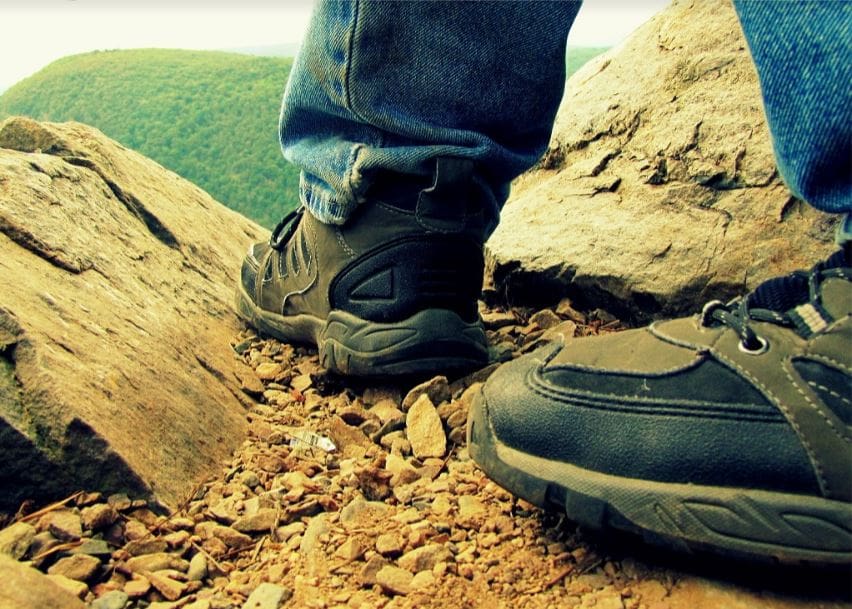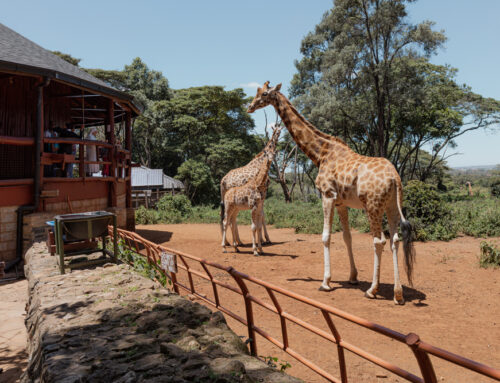Best Food To Pack in Your Bug-Out Bag – Great Survival Tips

Best Food to Pack in Your Bug Out Bag: 3 Critical Survival Tips

Source: Sujay Sarkhel on Flickr
Food will be one of the heaviest items in your bug out bag so you will need to pack staples that are both calorie-dense AND lightweight. Plus, your food should not take too much time to cook or it may require no cooking at all especially if you’re bugging out on foot and you’ll be constantly on the move. Here are some calorie-dense foods that will keep you fueled up while not unnecessarily weighing (and slowing) you down.
Your B-O-B Food Stash Should Cover 4 (+1) Bases
When packing food in your B-O-B, you need to tick some boxes. The food should be:
– Lightweight: Dehydrated, freeze-dried, and instant meals are the best options as they contain no water which will weigh you down; this is why soupy canned food is a big no-no while on the run with a heavy bag on your back;
– Calorie-dense: The food has the highest calorie to weight ratio;
– Shelf-stable: Look for foods that have a long expiration date (you don’t want to check the food date labels every 3 months or so;
– Affordable: While there are ready-to-eat options out there, you can always make your own dehydrated meals and trail mixes at a fraction of the price.
– Tasty (optional): This one’s a big plus in normal situations, but when bugging out, ANY food is good on the table.
Food Should Be Nutritious
While you could try to live on Snickers bars and Ramen noodles for up to 72 hours and call it a day, when bugging out without a vehicle, your food should be not consisting of just empty calories. You need it to be nutritious, too. This way, it will keep you going longer than its unhealthy counterparts and you are less likely to be destabilized by hunger pangs.
Choose whole grains, healthy oatmeal, instant quinoa (which is an insanely rich source of protein), dried fruit (with very little sugar), tuna in olive oil (for a boost of protein and healthy fats), beef jerky, beef sticks, superfood bars, nut mixes, granola bars, and so on.
And if your diet is only high carb high protein, add some much-needed nutrients to your meals with a multi-vitamin supplement. While you could skimp on fruit and veggies in an emergency, never skimp on the protein – you’ll need it to preserve muscle mass and keep you going.
Rich sources of protein include meat, fish, eggs, beans, lentils, quinoa, nuts, and (organic) peanut butter. These could be added to trail mixes, the so called GORP, or pre-packaged in Ziploc bags with other ingredients such as oats, dried fruit and veggies, etc. for some satisfying meals while on the run.
If you’d rather buy your food than make it, look for nutritious but calorie dense protein bars or emergency food bars specifically designed for disaster situations. Steer clear of the army’s MREs (“Meals Ready-to-Eat”), as they are rich in unhealthy carbs, expensive, and weigh a ton.
Learn from the Best
When preparing to bug out we should pay attention to people that have been packing light and walking many miles per day for a living. We’re talking about outdoor survivalists (Wilderness Today, the ultra-light hikers and their more determined cousins, the thru-hikers. These people have been experimenting with the lightest but most calorie-dense foods out there since the dawn of time, so there’s much we can learn from them.
Most long-haul hikers and outdoorsmen agree that the best way to keep you fueled up for the day in case of great exertion is to have a light but filling breakfast, a lunch consisting of a couple of nutrient-dense snacks, and a hearty evening meal possibly cooked over a camping stove for a big morale boost. And between these three, strategically pepper the day with healthy snacks. This formula works wonders especially if you’re burning between 4,000 and 6,000 calories per day.
However, if the life-and-death scenario you have been prepping for leaves little room for 3 meals a day, add some calorie-dense emergency food bars to your bug out bag with enough fuel for 3 days. Protein shakes are a ready-to-go option, as well. Keep your food stash as varied as possible and always pack more food than a 72-hour emergency would require. The emergency could turn into weeks and even months. So, be prepared.
What’s more, For more outdoor survival tips, you can check out websites like Wilderness Today and similar authority resources for everything survival and the Great Outdoors. Many veteran preppers writing for those blog sites made the mistakes, so you don’t have to.
Conclusion
When bugging out, the best food to take with you should be calorie-dense, lightweight, shelf-stable, healthy, and inexpensive. This is a simple truth that many survivalists, thru-hikers, and ultralight campers have learned the hard way. Also, if you plan on doing some cooking while on the go, bring some water with you as well. You will need plenty of it with all those dehydrated foods, and water sources might be scarce.
Featured image source: Sujay Sarkhel on Flickr




